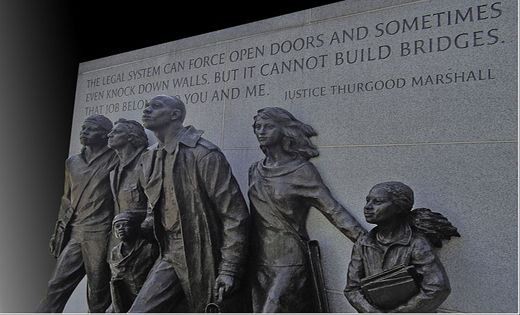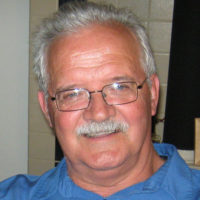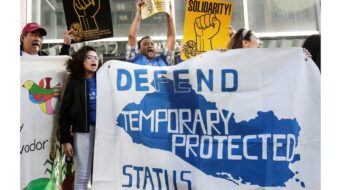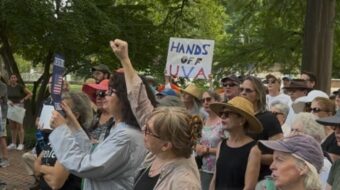
It is easy to become frustrated with the pace and the scale of change in recent years. Over the past 30 years or more, we have lost far more battles than we have won. Nearly every section of the working class – none more so than racially oppressed workers – has lost income, job opportunities, and rights as the capitalist class has ferociously pressed its offensive. Entire regions have been turned into economic wastelands. Many cities have become placeholders of poverty, inequality, and racial segregation. The temperature of the planet tracks upward. And wars and the buildup to wars for geoeconomic and geopolitical advantage, albeit disguised in the language of containing threats to world peace and stability, continue apace.
The election of President Obama in 2008 and his reelection in 2012 gave millions hope that this awful situation would change for the better.
But that hope hasn’t been fully realized.
Some positive changes have occurred over the past four years to be sure. Indeed, we make a mistake not to acknowledge them.
But the changes have been far fewer than most working people had expected. Their hopes for a progressive turn in U.S. politics have yielded to a day-to-day grind that feels more like the past than a future filled with promise – thanks in no small measure to the obstructionist actions of right-wing extremism and its corporate backers.
To gain some perspective on this turn of events, it is helpful to look at two periods in the last century – the 1930s and the 1960s – and the confluence of factors that resulted in progressive and democratic political transformations in both decades despite a determined and powerful opposition.
In those dramatic times, the conventional wisdom that legitimized reactionary politics and practices gave way to new democratic understandings among substantial segments of the American people. Broad democratic unity and alliances of diverse people and organizations were painstakingly constructed. Divisions in ruling circles were utilized by the mass movements. New leaders and organizations emerged and the left grew rapidly. Millions of formerly passive people shed their lethargy, took to the streets and streamed to the ballot box. And, above all, a transformative movement reaching far beyond the “politically active” materialized in both decades, not all at once, not out of thin air, and not out of “revolutionary rhetoric,” but out of the lessons learned and relationships built in day-to-day struggles.
We see signs of many of these features in today’s struggles. But it is also fair to say that they haven’t matured to the point where a change in the political dynamics in a consistently progressive direction is imminent.
We take understandable pride in the steady emergence of a working class, multi-racial people’s movement that reached a new level in last year’s elections. But it still doesn’t possess, in my opinion, the depth of the movements of the 1930s and ’60s, that is, their ability to reach down below and engage masses of people who up to then had been largely observers of the political process.
How do we explain this? There are multiple reasons, but I want to focus only on one. The three-decades-old neoliberal corporate offensive – ramrodded by right-wing extremism first of all – has galvanized resistance to be sure. But it also has – and this goes under-appreciated – crushed the hopes of countless numbers of people for the possibility of social change, while at the same time pushing them to rely on individual (not collective) responses to the crisis of everyday living (overtime work, second and third jobs, debt buildup, entry of the whole family – mothers of young children, teenagers, retirees, etc. – into the workforce) – not to mention debilitating behavior such as alcoholism, drugs, crime, suicide, and violence, especially against women.
Thus a task of today’s movement is ideological as well as practical. It will have to combine its day-to-day organizing with a compelling and hopeful narrative that convinces millions that collective (and militant) avenues of action will bring changes for the better in their everyday lives.
In doing so, it will take a step closer to acquiring a depth of participation similar to the movements of the ’30s and ’60s, and thus become a transformative agent in U.S. politics.
Keep hope alive!
Photo: Virginia Civil Rights Memorial, State Capitol grounds, Richmond, Va., commemorating protests that helped bring about school desegregation in the state. The memorial was designed by American sculptor Stanley Bleifeld (1924-2011). Ron Cogswell CC 2.0










